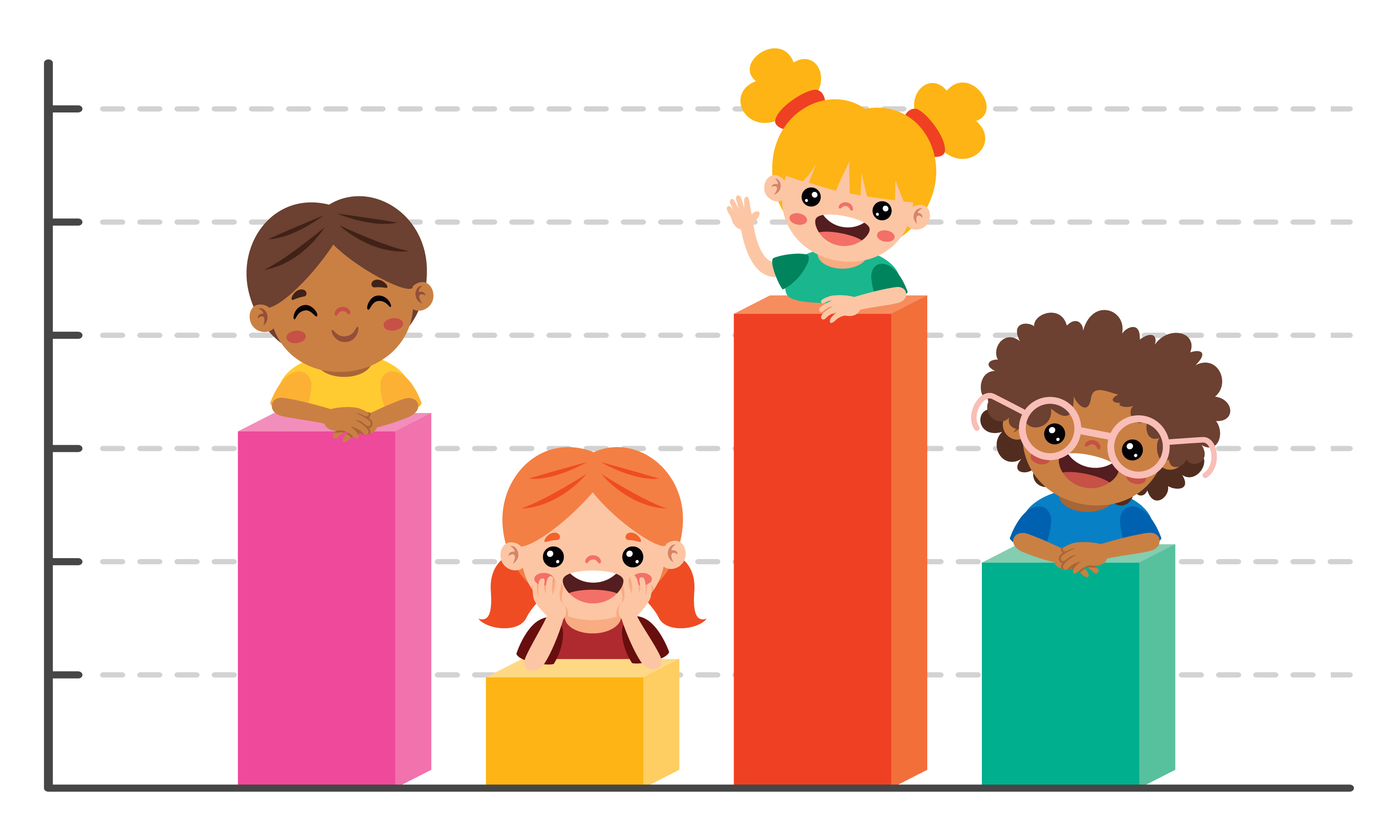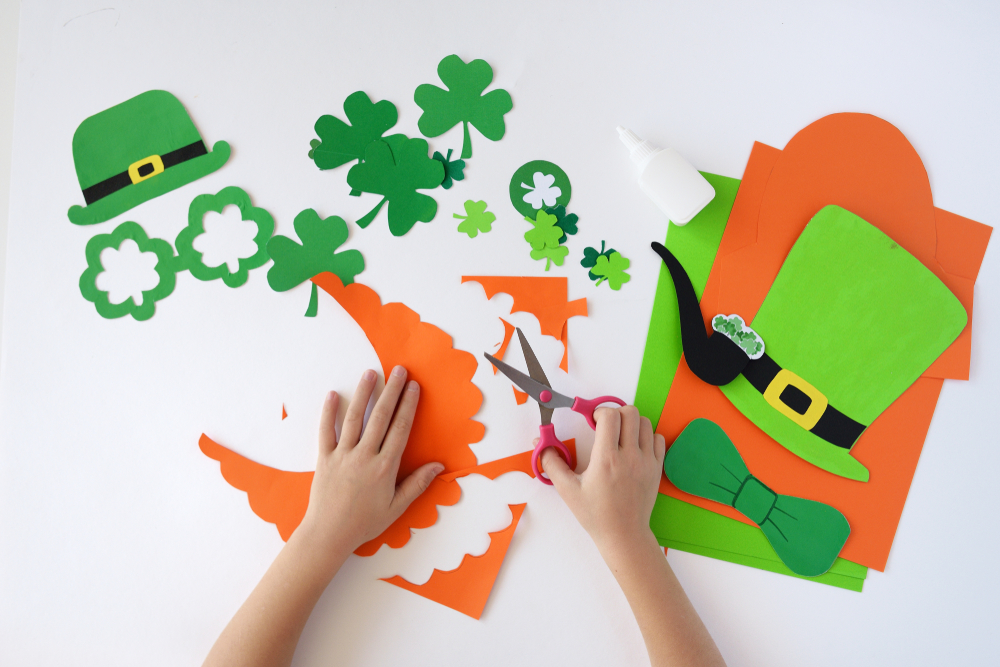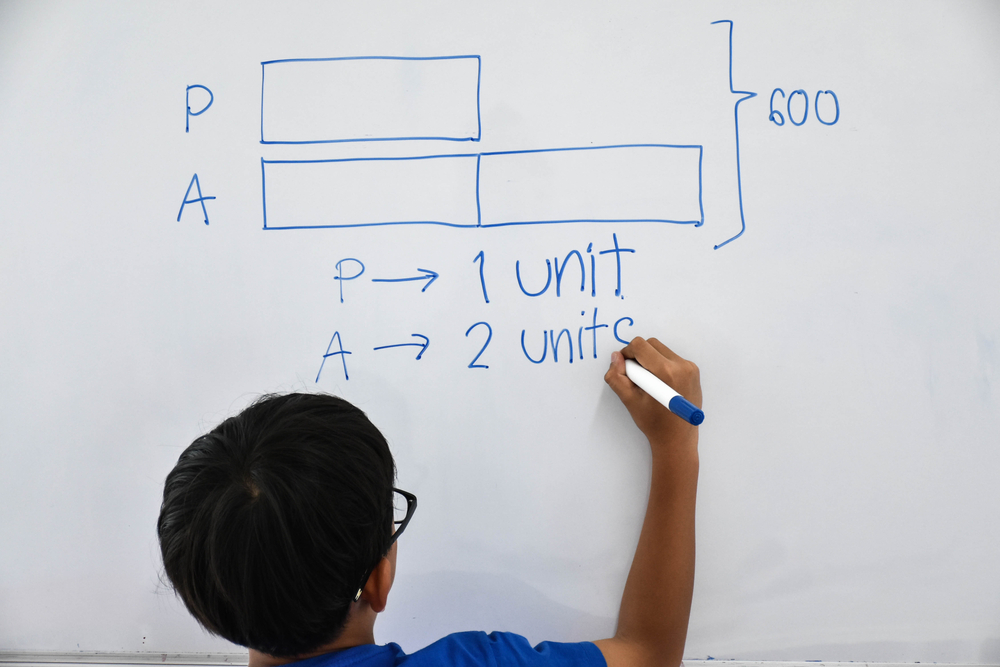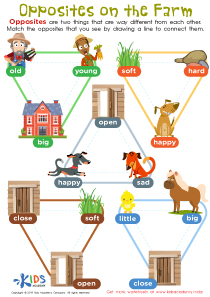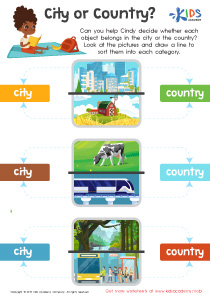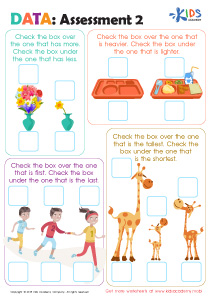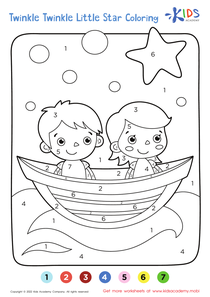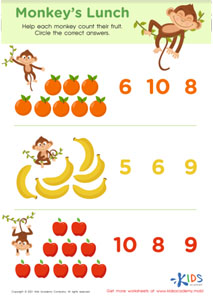Counting skills Graphs Worksheets for Ages 8-9
4 filtered results
-
From - To
Enhance your child's counting skills with our engaging Graphs Worksheets designed specifically for ages 8-9. These worksheets offer a fun and interactive approach to learning, encouraging students to explore numbers through visual representation. Children will practice interpreting and creating different types of graphs, fostering their critical thinking and analytical abilities. Each worksheet is carefully crafted to build confidence in mathematical concepts while promoting essential skills in data collection and interpretation. Ideal for classroom use or at-home learning, our Counting Skills Graphs Worksheets make math enjoyable and effective. Download now and watch your child excel in their numerical understanding!


Taxi Math Worksheet
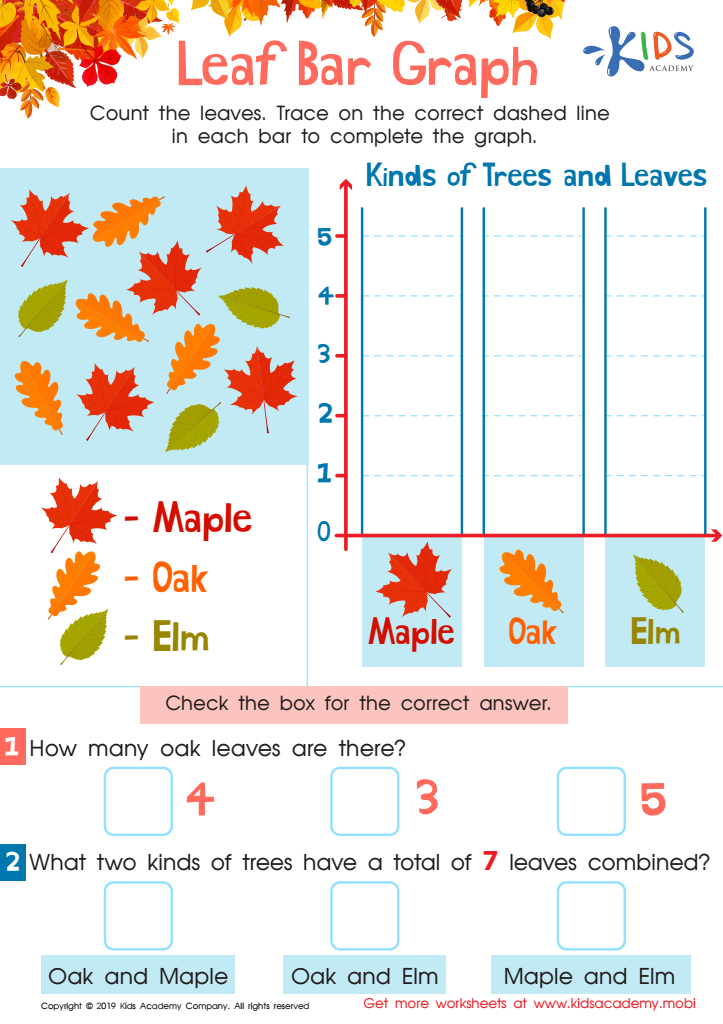

Leaf Bar Graph Worksheet
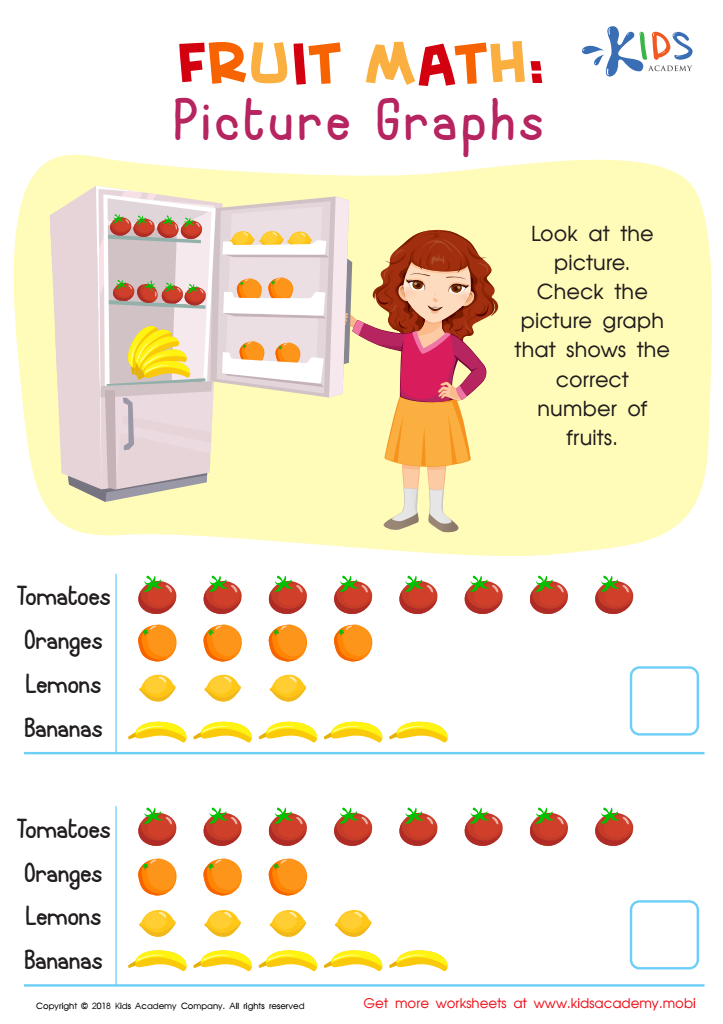

Fruit Math: Picture Graphs Worksheet
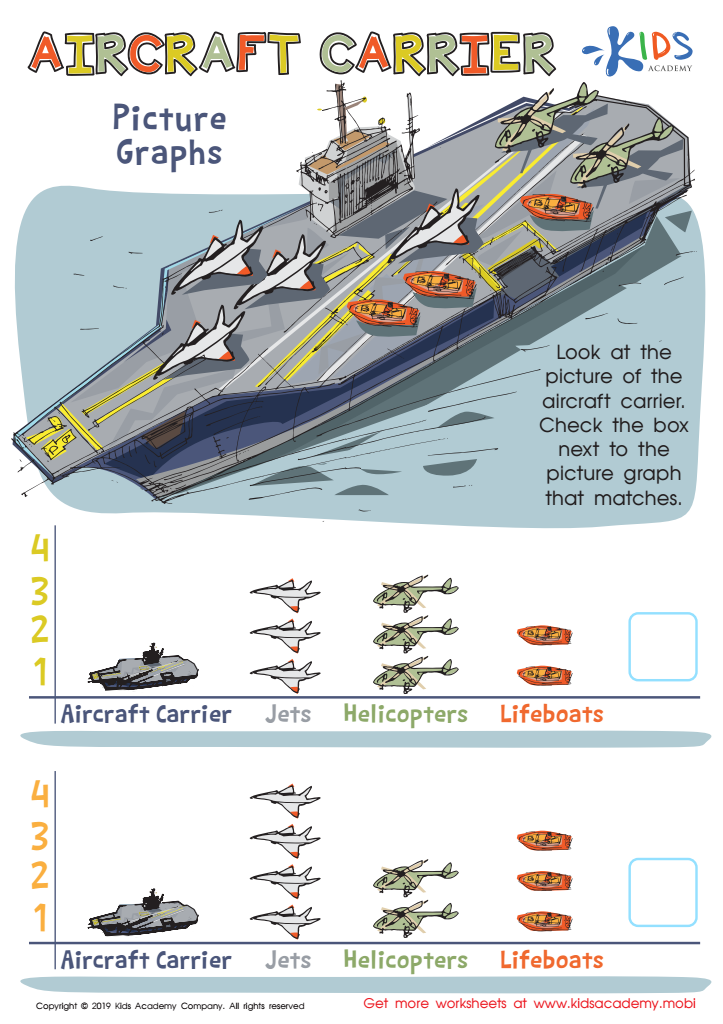

Aircraft Carrier Picture Graphs Worksheet
Counting skills and graphing are foundational skills for children aged 8-9 that significantly contribute to their overall mathematical development. At this stage, students begin to understand more complex concepts, making it crucial for parents and teachers to emphasize these areas.
Firstly, counting skills form the backbone of number sense. Proficiency in counting equips children with the ability to recognize patterns, compare quantities, and develop estimation skills, which are vital for mastering addition, subtraction, and beyond. Without a solid grasp of counting, students may struggle with more advanced mathematical concepts in the future.
Secondly, graphing skills are essential for organizing and displaying information visually. Introducing children to different types of graphs empowers them to interpret data, identify trends, and make informed decisions based on evidence. This analytical thinking is critical not only in mathematics but also in everyday life.
Moreover, cultivating these skills fosters a positive attitude toward math. Engaging activities combining counting and graphing can create a fun learning environment, encouraging students to be curious and confident in their abilities. Thus, parents and teachers play a pivotal role in nurturing these competencies to build a strong foundation for future academic success.
 Assign to My Students
Assign to My Students


